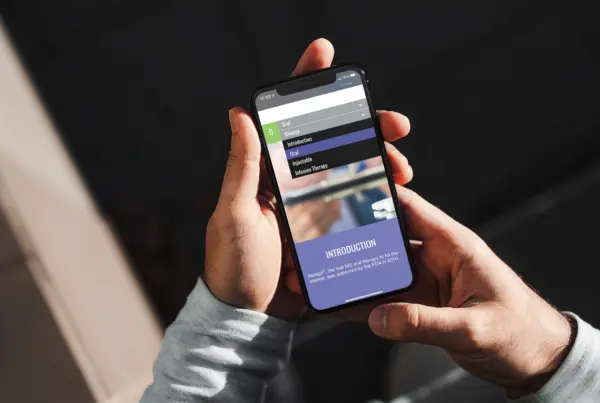If you need a hammer, but all you have is a rubber mallet, you may have a problem. Any carpenter will tell you that having the right tools is essential for doing the best job, with maximum efficiency. Maybe you have the best table saw in the world, but without framing tools, you can’t do much with the lumber you cut to size.

Workshops Facilitate Focused, Memorable Learning
Electronic and mobile learning does not mean the end of workshop training, however. There are certain training situations where the workshop is the best way to deliver information efficiently. For example, should a new regulation go into effect that will change the way sales professionals operate when dealing with customers, a workshop focusing on that regulation may be the best way to impart the information.
Gathering everyone together signifies that something important is taking place, and allows learners to benefit from having their own and other people’s questions answered. Learning workshops don’t have to be dull and can, in fact, incorporate eLearning and be reinforced through home study and other learning methodologies. A well-planned, well-executed workshop may be just the thing to motivate and engage a team, with the side effect of helping everyone reconnect and strengthen team relationships.
Pull-Through as One of Your Most Valuable Training Tools
Pull-through in sales training is as essential as the follow-through on a golf or tennis stroke. It can make the difference between learning that doesn’t stick and learning that is put to use repeatedly in everyday work. There’s no single pull-through technique that works in every training scenario, but the concept applies to all corporate training.
Coaching is one aspect of pull-through that personalizes learning and helps each trainee recognize strengths and weaknesses and work on them in a supportive environment. Trainers don’t have to assume all coaching duties themselves, either. Your veteran sales professionals with great track records can assist with coaching, and can even develop mentor relationships with newer reps.
The important thing about pull-through is that it emphasizes that learning isn’t simply a one-time session in a classroom, hearing about a new concept that is forgotten about as soon as the session is over. It’s about reinforcing learning and continuing to emphasize the relevance of new information to everyday work.
Interactive Learning Is Here to Stay
Interactive learning is a tremendous addition to the learning tool kit, and it’s far more interesting than taking and grading spelling tests was back in elementary school. Much interactive learning is electronic, but it doesn’t have to be. For example, role-play scenarios are a form of interactive learning that can benefit trainees significantly by allowing them to try out concepts and skills in a safe and supportive environment.
When it’s done on computers or mobile devices, interactive learning can go with the learner after the training session. For example, a gamified training module that allows learners to complete game levels and be rewarded for doing so can be used in the field or at home as well as in the classroom. Interactive learning will continue to evolve and become more sophisticated as new technologies develop, but at heart, they’re about engaging the learner with the material in a positive, rewarding way.
Our areas of training expertise encompass traditional learning, eLearning, interactivity, pull-through, and home study because all of these tools are necessary for maximum uptake and retention of material. Addressing the learning process from multiple angles, using different techniques ensures that all learners get to learn in their preferred style, and encourages reinforcement of learning through practice, coaching, and interactive activities.




